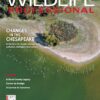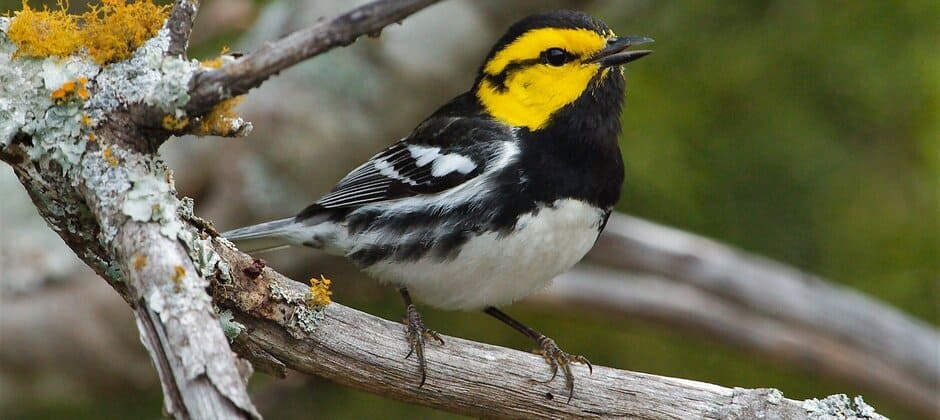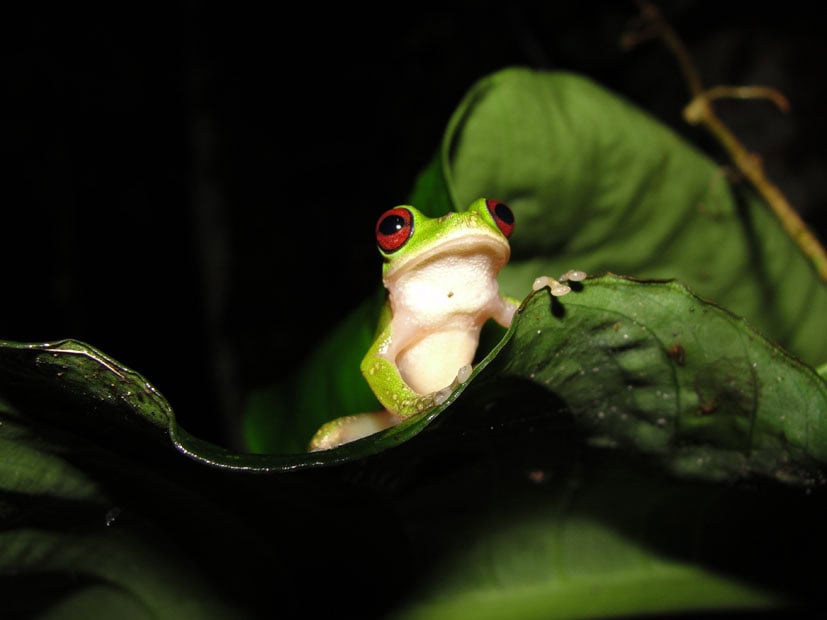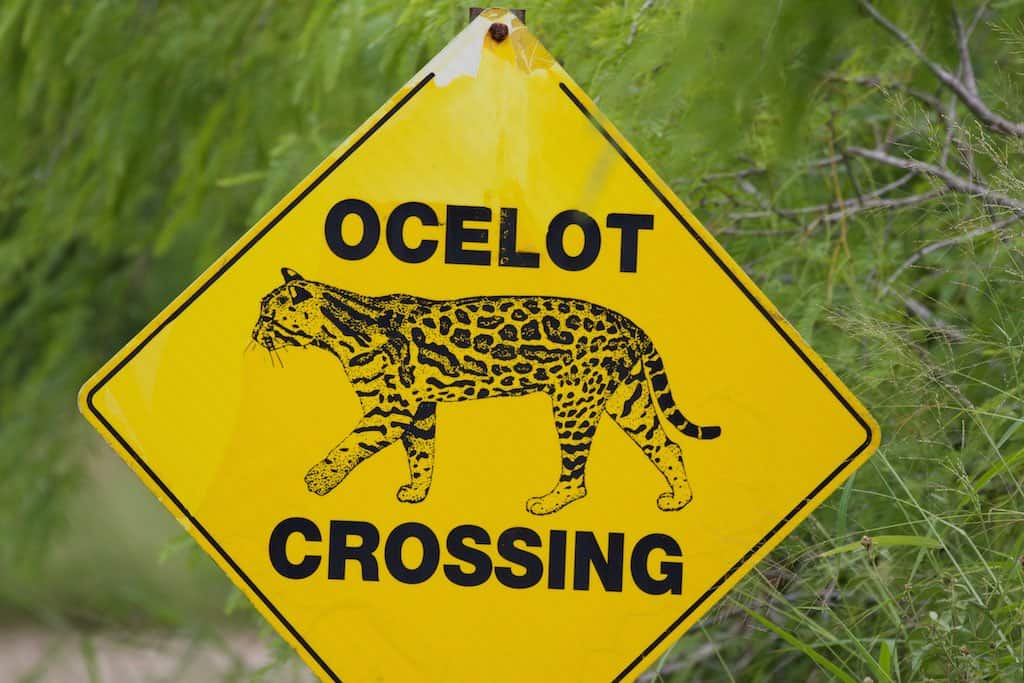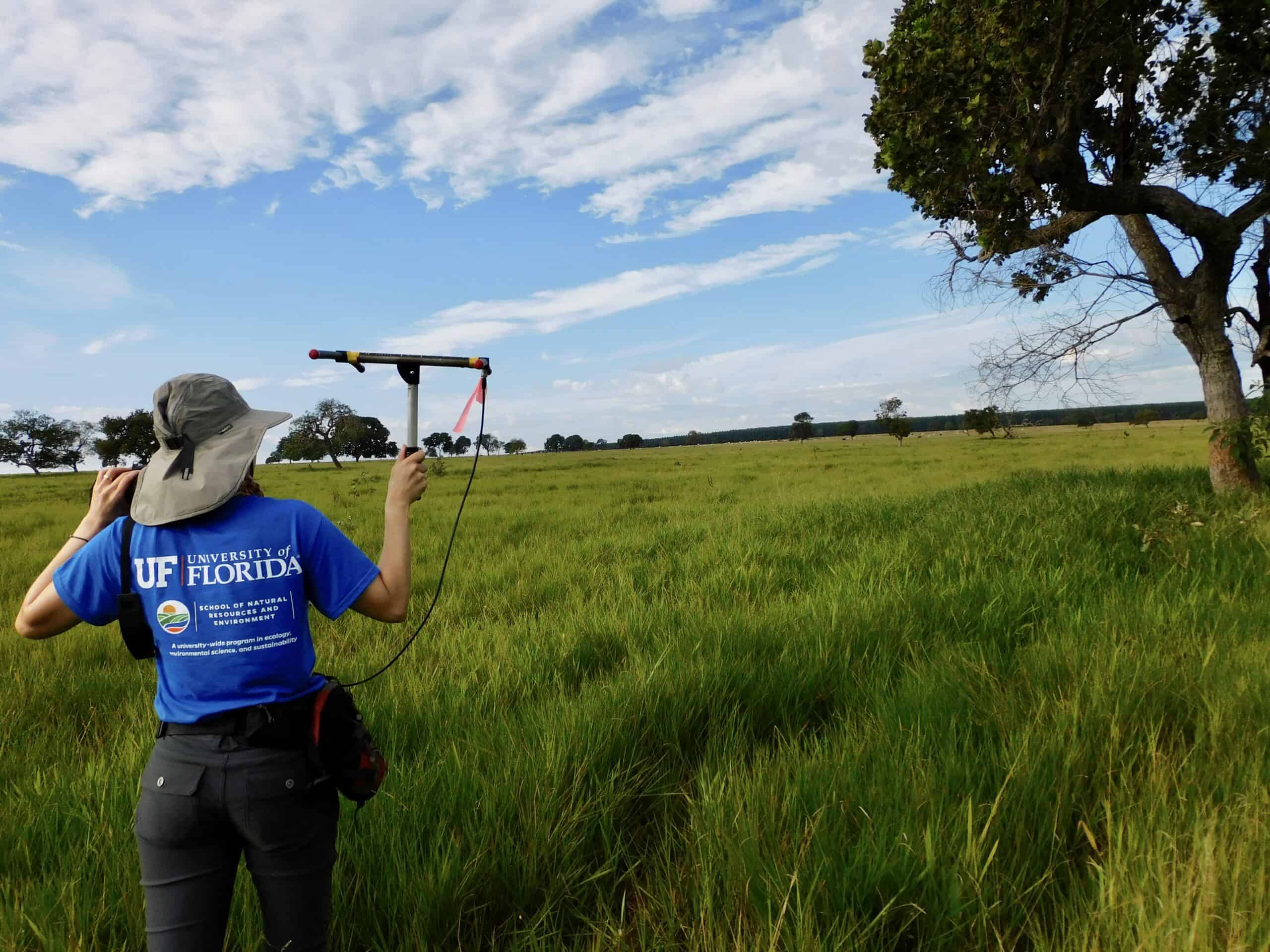Share this article
JWM: Uncovering habitat preferences for an endangered warbler
For more than a century, naturalists have known that golden-cheeked warblers (Setophaga chrysoparia) breed in Ashe juniper woodlands in central Texas—wildlife biologists have used this knowledge to model the species’ distribution.
But about a decade ago, researchers found the species also breeds in areas with lower tree canopy cover than previously used to define their habitat patches.
Patch-based models of habitat can work well in areas where patches are clearly defined. But in the southwest portion of the warbler range, woodlands transition to shrublands across broad gradients. Researchers wondered how golden-cheeked warbler use of these areas with lower tree canopy cover fit with the previous concept of their habitat. An improved understanding of habitat for the warbler, a species listed as endangered by the U.S. Fish and Wildlife Service, could be used to refine its distribution maps.
“The information from this [research] is going to be used together with all the science for a species status assessment to better inform us of the risk of extinction,” said TWS member James Mueller, a refuge zone biologist for the U.S. Fish and Wildlife Service.
Mueller led a study published in the Journal of Wildlife Management to find out the species’ range and specific habitat requirements and to develop abundance estimates for the species in its entire breeding range throughout central Texas.
He and his colleagues conducted over 1,800 point count surveys. In addition, they used remotely sensed data to classify the woodlands across the warbler breeding range. “We did that across an area the size of South Carolina,” Mueller said. They classified aerial imagery as juniper, broadleaf trees or areas without cover. The team then used LiDAR to determine canopy heights across the entire area.
The researchers then modeled the density of warblers in relation to these variables at multiple scales. At the scale of a warbler territory, warblers had higher densities in areas with more tree canopy cover and height. When they zoomed out to a coarser scale, total tree canopy cover was most important, and bird densities peaked at a 7:3 ratio of juniper to broadleaf trees like oaks. They found that the birds did, in fact, use shrublands when it was in close proximity to adequate tree canopy cover and Ashe juniper.
Mueller said the findings can give land managers a target for improving habitat. If they increase canopy cover, for example, or modify the amount of Ashe juniper and broadleaf trees, they can increase the abundance of warblers.
While deer browsing and high-severity fires negatively affect juniper-oak woodlands, Mueller said low-severity fires may be beneficial in promoting oaks. In addition, loss of habitat from urbanization and potential effects of climate change are important threats that must be assessed, he said.
The team estimated a population size of 217,444 male warblers. After controlling for differences in survey duration, the estimated population size was similar to surveys conducted in 2008-2009.
“Our work identifies specific woodland conditions land managers can influence to benefit golden-cheeked warblers,” he said.
This article features research that was published in a TWS peer-reviewed journal. Individual online access to all TWS journal articles is a benefit of membership. Join TWS now to read the latest in wildlife research.
Header Image: Golden-cheeked warblers breed in areas with low tree canopy cover, but densities are positively associated with tree canopy cover, canopy height and a 7:3 ratio of Ashe juniper. Credit: Gil Eckrich

